It is no surprise let alone uncommon that Walt Disney Studios is highly known for their fantasy princess films, from Snow White in "Snow White and the Seven Dwarves" (1937) to the soon-to-be new princess in the self titled film, "Moana" (2016). Through Disney history, each princess and their stories have left large impacts on the Walt Disney company and their audiences in their own unique ways, let alone are constantly looked up to by children. Being a current Disney College Program intern and also a huge fan and follower of the Disney, one princess story that stands out significantly among the 12 and that is Disney's 1991 film, "Beauty and the Beast." While Disney's 2010 film "Tangled" is my personal favorite, "Beauty and the Beast" began something that most Disney princess films followed after. With this year being the film's 25th Anniversary and soon-to-be live action film release the following year, this article is dedicated to the analyzation of feminism, education, and love that is found within the film.
1. A Flawed Prince Charming.
As seen in past Disney films, the prince tends to appear flawless. They come across as gentle, kind, loving, and with the will to fight for the one they love. "Beauty and the Beast" takes a different direction for the character just by the beginning of the film. The prince is known to be selfish, unkind, and prideful. As most of us know, he was cursed by an enchantress that had turned him into a beast on all fours and could only be restored to human if he was to find true love. Due to his physical appearance and hardened heart, he could not find love and locked himself away. Not the kind of prince most women would want or men would want to serve under. While the film is a princess film, the prince is also different and sophisticated as he contributes much to the story and the relationship later on. It really digs deep into the pridefulness of man and the breaking down of that pride as his heart becomes soften by his new relationship with Belle. We see this play in Disney male characters such as Li Shang from "Mulan" (1998) and Flynn from "Tangled" (2010) where the men have dark and sophisticated backstories that carry on into their overall character.
2. Education Over Royalty.
Unlike the princesses before her, Belle was not born into royalty, let alone into a wealth. She was an ordinary French citizen in a poor provincial town (no show tune pun intended) and lives with her father, Maurice. She is a self-educated woman who wants something more than a typical routine lifestyle as she is caught up in fictional and mythical stories, hence why she is very different from everyone else. To the rest of the town, a routine working lifestyle is how life should be lived for one rather than having their heads up in the clouds. Because Belle is not of royalty of any kind, she herself does not look for love on her own since she is already secure in her own identity as a woman and does not define herself on what she does not have.
3. The Beginning of Male Villains.
As much as I love Gaston's number, he really is not the best guy out there. Prideful, arrogant, self-glorifying, selfish, the list goes on and on. Above all these, he does not have respect for those around him, particularly women. The reason for this significance other than his flawed character, Gaston is the first male villain among all 12 princesses. Before then was the Queen (1937), the Evil Stepmother (1950), Maleficent (1959), and Ursula (1989). The following Disney princess films contained male villains until Mother Gothel in "Tangled" (2010), but then placed a male villain three years in the smash hit "Frozen" (2013). Since Gaston, male villains have carried out selfish ambitions and desires for wealth, power, control, and much more. What separates Gaston from the rest is that unlike them, he was not after any type of royal title or material wealth but rather he is after his own personal ego and what he defines as being a man, from his muscular tone to his physical facial appearance, and winning the most beautiful girl in town.
4. A Growing Relationship.
Disney princesses and princes have been known to fall in love just after one day let alone one moment after meeting each other. As cute as that may sound, it does leave false expectations for people to have when finding love, particularly women. In "Beauty and the Beast," we see both Belle and the Beast begin a Rocky relationship after the Beast saves her from a pack of wolves, thus injuring himself in the process. Throughout what could be considered a few weeks, months, or even a whole winter season, Belle and the Beast's relationship slowly but surely grows as Belle teaches him not just how to be human again, but to have a kind, compassionate, and loving heart for the things around him, his servants in the castle, and more importantly, her. Again, this set the tone for a new route in Disney princess and prince relationships as they began focusing more on the developing of the relationships, which communicated that true love takes times to grow and expand into new areas.
5. The Princess is the Hero.
Until "Beauty and the Beast," Disney princess stories portrayed the prince as the hero in the end despite the story's focus being primarily around the princess. Prince Phillip saves Princess Aurora in "Sleep Beauty" (1959), Prince Eric saves Ariel in "The Little Mermaid" (1989), and even Prince Charming saves Snow White with a gentle kiss in "Snow White and the Seven Dwarves" (1937). In the end of the tale as old as time (again, no show tune pun intended), Belle is the one that saves the Beast in the end because he was the one that needing saving to begin with. This was more than just rescuing and redeeming his physical appearance, but his character and heart. While he was the one that needed to open up to Belle for the spell to be broken, Belle in the end was the one saved him as she confessed her love for him, thus reversing the spell in the process. Since then, female princesses have saved the day and others in their own unique ways, whether it was Mulan was fighting for her family's honor and her friends, Pocahontas defending her people and her path she chose, and even Anna sacrificing herself to save her sister Elsa.
This article is in no way attempting to put down former Disney princess or overlook what the later princesses contributed in their stories. Rather, it is taking a closer analytical look at the beginning of the change in Disney's princess stories through ones that focused on growing in life, independence, humility, and sacrificial love. "Beauty and the Beast" to this day remains a Disney classic for adults and children alike and of all ages and continues to be as Belle stands a significant role model in film. What are your thoughts on the "Beauty and the Beast" classic? Think there was anything that was missed? Be sure to let me know in the comment section below! "Beauty and the Beast" 25th Anniversary Blue-Ray edition will be released September 20th, 2016 and the live action film will be released March 17, 2017.




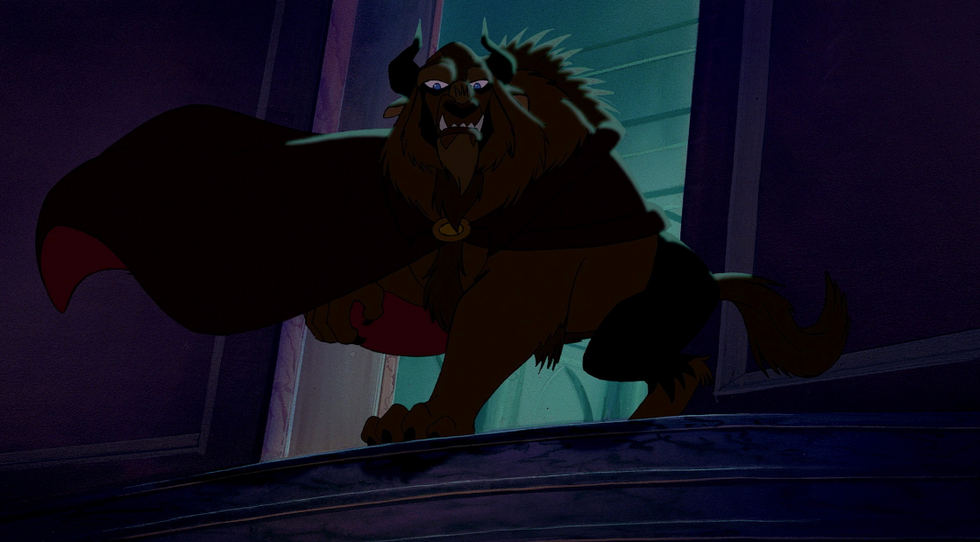
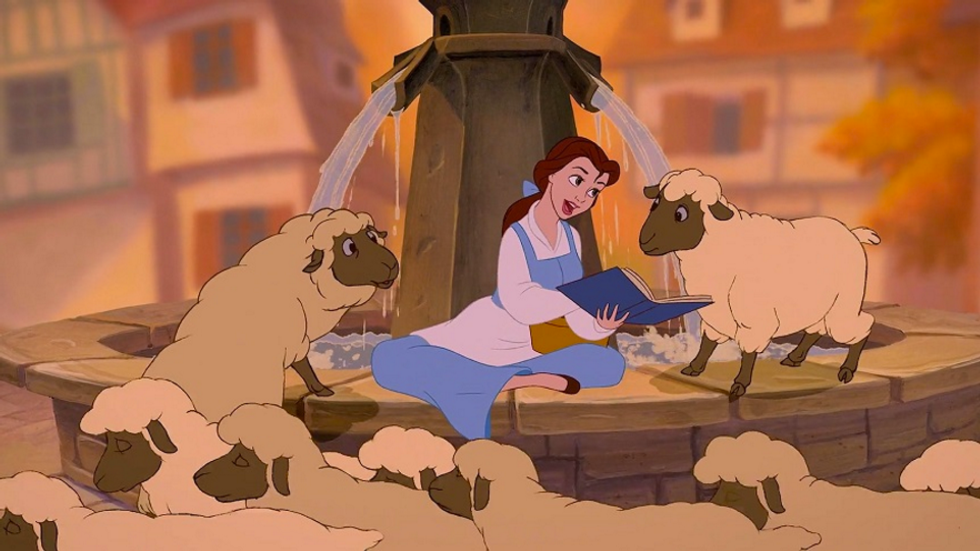
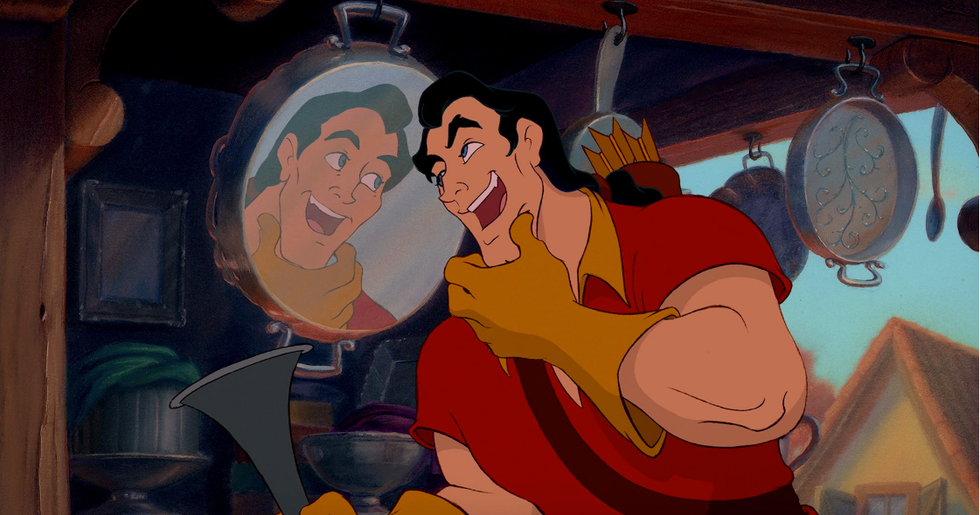
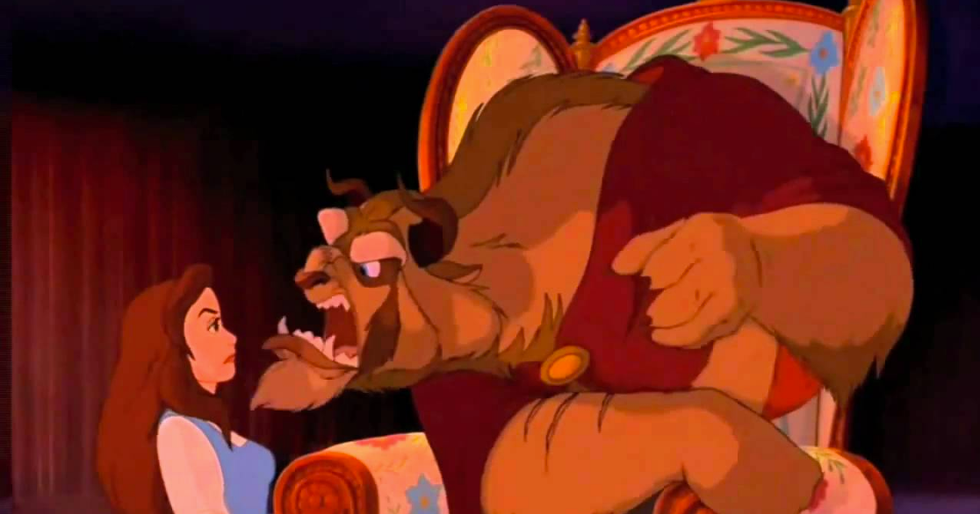
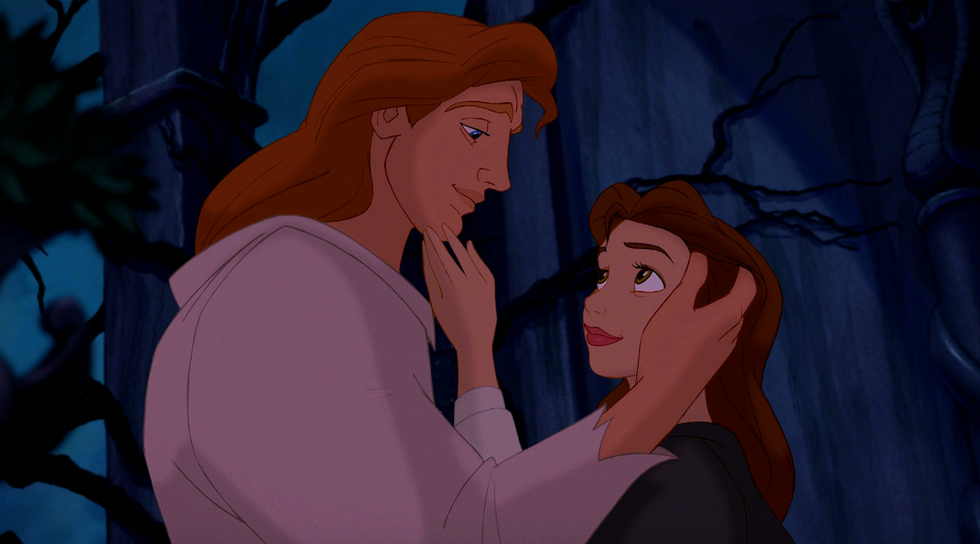



 mr and mrs potato head
StableDiffusion
mr and mrs potato head
StableDiffusion










